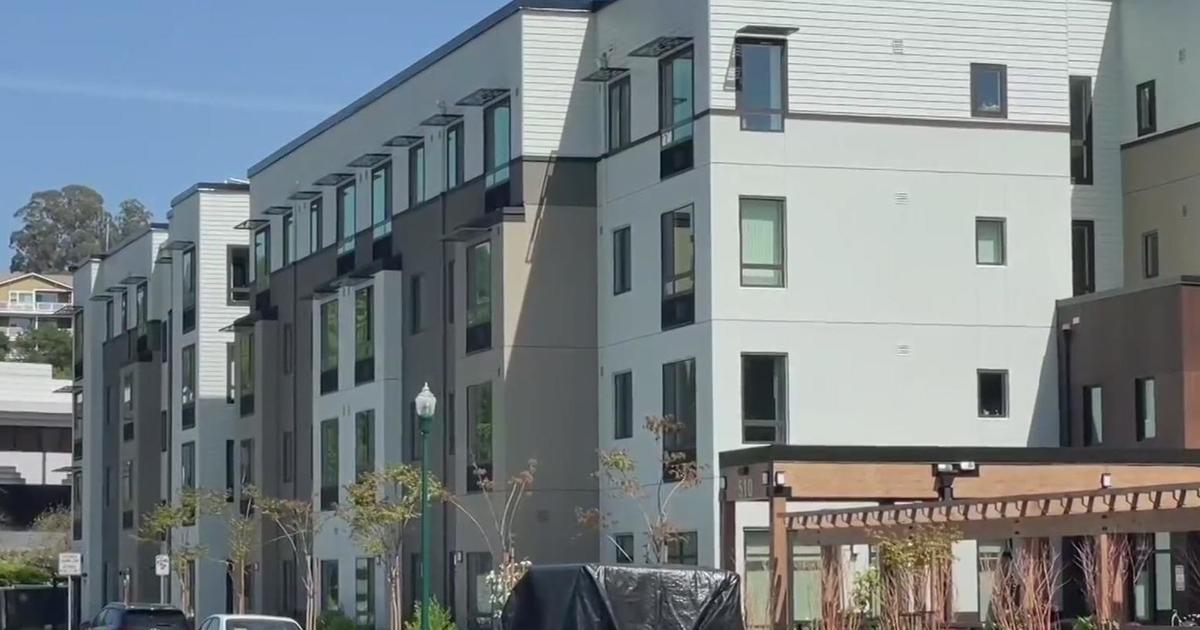Alameda County Discourages Truancy By Holding Parents Accountable
OAKLAND (KPIX) -- More than 200,000 California elementary school students were truant last year, according to the State Attorney General's report.
With that alarmingly high number accounting for ten percent of the students in Alameda County, officials have been taking a tough-love approach toward parents whose kids miss too many school days.
When children miss too much school, it's the adults who are getting dragged to criminal court.
In this case, it's mother Milana Ruffin, facing charges because of her child's truancy.
"I thought I was going to jail the first day I came," mused Ruffin.
Alameda County Truancy Court is a last resort for parents of chronic absentees, mostly in the age range of 6 to 12 years old.
In California, a student with three or more unexcused absences or tardies in a year is considered truant.
But when days turn to weeks, parents can end up in court, charged with violating the state education code.
For Ruffin and her son, the charge was a wake-up call.
"He thought, 'Mommy, what will happen? Will you not come home?' So I was really scared," she explained.
Prosecutor Teresa Drenick started the program 13 years ago to help Moms and Dads.
In the worst cases, if parents don't comply, she said she can take more serious steps.
She can even issue a bench warrant, but those cases are rare.
"We don't want to send people to jail," Drenick said. "We don't want to fine parents.'"
She said each year, parents of about 150 kids go through truancy court, and 90 percent improve attendance.
For example, Uniquica Hall's daughter missed 2 months of school last year because she was bullied.
This year, the Oakland 7th grader is enrolled in a new school, and that has helped give her a new outlook.
"I told her I might have to go to jail, you know, about you not going to school, so that really pushed her into going to school every day!" Hall said.
Drenick discovers why kids are missing so much classtime.
Often she uncovers family struggles like lack of transportation, abuse, violence, and in Ruffin's case, homelessness.
"I didn't know where we was going to sleep that night," she said. "And then the last thing on my mind was school."
But Drenick connects the family with services, counseling and other resources.
"This is life, and it shouldn't take away the opportunity for these little kids to succeed," said Drenick.
And the consequences are far-reaching.
Sheriff Greg Ahern says there's a correlation between chronic absences and crime.
"Studies have shown that if kids aren't reading by third grade, they end up dropping out of school. And if they drop out of school, 80 percent end up in our custody," Ahern stated.
So the Alameda County jail offers inmates a chance to take classes and finally earn their high school diploma or GED.
The jail partners with Five Keys Charter School.
125 students are in the program, including 21-year-old Makelah White, who dropped out of high school one semester before graduation.
"I just wanted to have fun," White explained.
She completed her classes and just earned her high school diploma behind bars. She is scheduled for release after Christmas and eventually wants to start her own business.
"This feels like actual true happiness," White said with a smile. "I still have the chance to follow the dreams that I used to have."
Sheriff Ahern says the educational program gives inmates a second chance for success.
"We are not a hotel," Ahern said. "We don't want them to return."
But with truancy court, the hope is that fewer young people will check in to jail in the first place.
"You still have a chance, that gives a lot of people hope," said White.
"So it really is our way of combating crime before the crime ever occurs," Drenick added.
In other words, the truancy program gives parents a court date now in hopes their children won't get locked up later.



